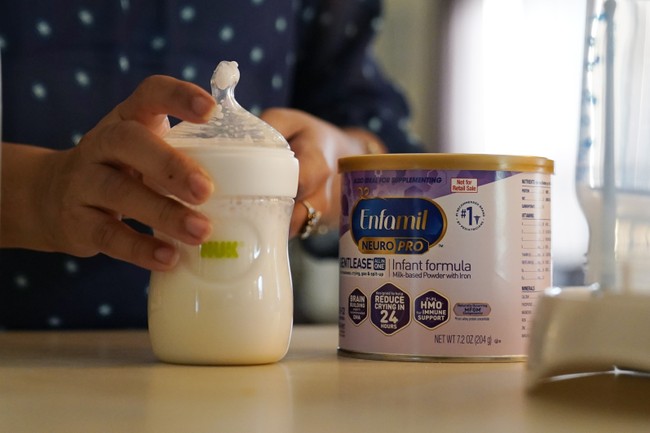Trans activism is prioritizing affirmation over infant safety in the push to normalize male-induced breastfeeding, raising real medical and ethical concerns.
Media coverage has been running hard with a narrative that men can safely lactate for infants, and activists have pushed language like chestfeeding to erase sex-based distinctions. That framing treats a political goal as if it were a medical certainty, rather than a risky experiment with babies at the center.
Claims that male-produced breast milk matches or exceeds the nutrition of maternal milk were highlighted in one broadcast, but a closer look at the literature does not support that claim. Reviews show serious gaps in volume and nutritional adequacy, so the initial headline conclusions do not hold up under scrutiny.
Here’s another debunking adventure into the world of safety and considerations in male breastfeeding. This adventure was spurred on by the ongoing claims made by a transwoman on Twitter who claims that transwomen are just as capable, if not better, than females when it comes to breastfeeding infants.
Today, we will analyze their prepared and cited argument to determine if transwomen breastfeeding is truly better than females breastfeeding. We’ll cover three categories:
Milk production volume
Male breastfeeding is in the news again! We published a review of the literature on “male breastfeeding” and found, shocker, that the “milk” does not meet necessary nutritional requirements.@shamanspirit13 @PdxInstitutehttps://t.co/bD9xatiSiG
— Zachary Elliott (@zaelefty) November 12, 2025
Adequate nutrition
Medication effects
The argument begins with two studies with the comment that “Two Peer-Reviewed case studies of induced lactation in trans women. Each case involved moderate quantities of milk production, and the childrens’ health was observed to be developmentally appropriate.”
Case reports show the scale of the problem. One documented “transwoman” produced about eight ounces of milk, which is far below what a growing baby needs after the first few days. Newborns start at roughly four to six ounces daily for the first 48 hours, but by two weeks infants usually need 24 to 36 ounces a day, meaning those reported yields fall short by a wide margin.
The drug domperidone is commonly used to induce lactation in these cases, and that raises immediate safety questions. The FDA issued a warning in 2004 because domperidone is excreted in breast milk, and its safety profile for infants when used this way remains unclear. Exposing infants to an untested combination of hormones and pro-lactation drugs is not a trivial risk.
A second case report produced even lower volumes, around three to five ounces daily, which is nowhere near what most infants require for healthy growth. Limited sample sizes and anecdotal reporting cannot replace rigorous pediatric nutrition research. Relying on isolated examples to justify a broader policy is bad medicine.
Analyses of the milk composition found unusually high fat levels in some samples from induced male lactation. While fat is essential for brain and body development, excessive fat in early feeding can contribute to metabolic problems later, including obesity and insulin resistance. That makes unmeasured and variable nutrient profiles potentially dangerous, not a neutral preference issue.
The dosing needed to force lactation in someone assigned male at birth can be far higher than standard recommendations. Domperidone has a typical maximum of 10 mg three times a day, yet some case reports describe doses of 30 mg three times a day to get modest results. Women who take the drug for lactation often report minimal gains, so the benefit-to-risk ratio looks especially poor when doses are pushed upward.
Other hormonal drugs are part of the regimen too, with spironolactone used to suppress testosterone and progesterone prescribed in high amounts. Studies note spironolactone doses of 100 mg daily, with many trans people taking up to 400 mg. Progesterone doses of up to 200 mg daily are described, while common progesterone-based contraceptives contain roughly 10 mg.
“It is concerning that it was of great importance that breastfeeding was affirming for the transwoman.” That sentence from the report cuts to the heart of the dispute. Breastfeeding is a medical and nutritional act meant to protect infants, not a tool for social affirmation, and public policy should reflect that priority.
Putting a political agenda over proven pediatric standards invites harm and undermines trust in medical guidance. Parents and clinicians should be pushing for clear evidence that any altered practice benefits infants before normalizing it as safe or preferable.






